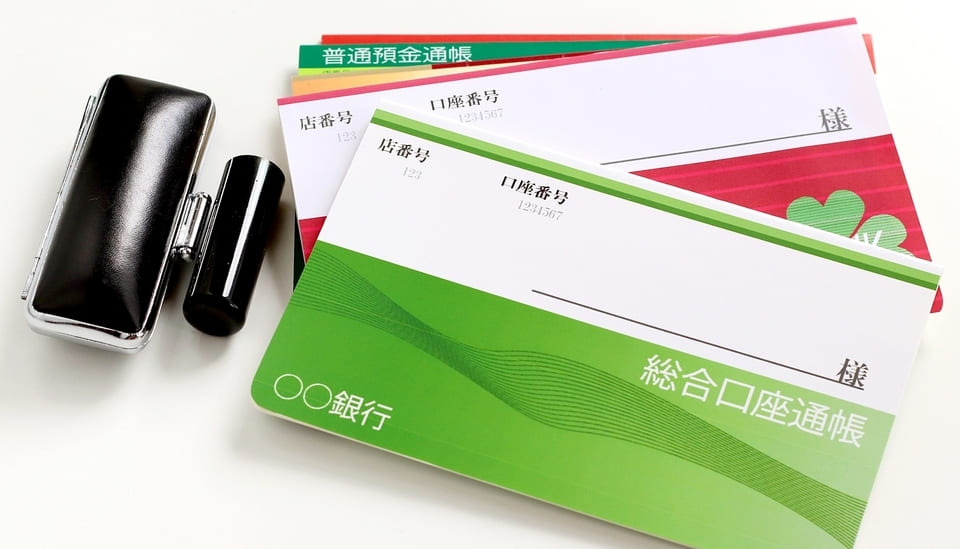If you are staying in Japan for a long time, you will need to create a bank account in Japan. Especially those working in Japan will almost always need a bank account to receive their salary.
We will introduce in detail the conditions and procedures for opening a bank account in this article.
Foreigners who can open a bank account in Japan
The limitation of opening account as a foreigner
Due to legal restrictions, foreigners who can open a bank account in Japan are, in principle, limited to the following.
- People who have stayed in Japan for more than 6 months for work or studying abroad
People who stay in the short-term (under 3 months) basically cannot make a bank account.
However, even if you actually stay for less than 6 months, the standard might be different from each branch office. Some branches approve as “OK if you are working in Japan” or “OK if you are an international student and can show your student ID card”.
Therefore, if you need a regular bank account right after entering the country, please consult with branches directly.
About non-resident bank account
Even if you will live in Japan for less than six months, you still may be able to create an account for non-residents. However, in this case, there are restrictions apply to this kind of account.
- Deposits and withdrawals cannot be made at branches other than the branch that opened
- Can not use a cash card
- Can not be used for automatic transfer of utility charges (water, gas, electricity, etc.)
- The domestic transfer is treated as an overseas remittance
Since you can’t use a cash card, you can’t use an ATM. So you will need to go to the bank when the window is open to withdraw and deposit money.
“Domestic transfer is treated as overseas remittances” is also a loss because the costs are more expensive. Due to these inconveniences, non-resident bank accounts are not recommended.
If you are comfortable with accounts that have the above restrictions you can consider to apply for it.
Check the bank and branch to open an account
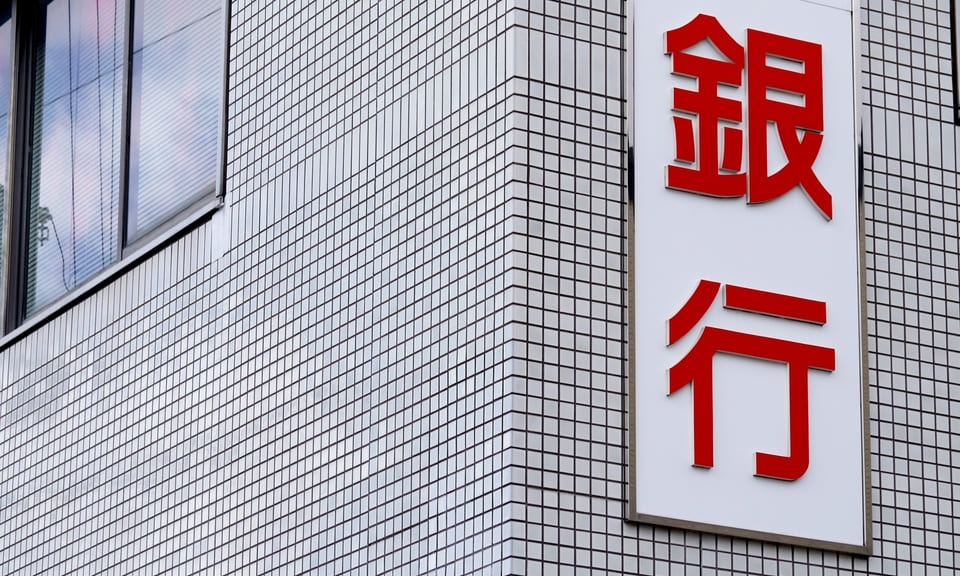
If you are a resident of Japan and meet the requirements to open a bank account, check the criteria for determining which bank or branch should open an account.
The bank/branch is designated by your company
First, if there is a bank or branch designated as a salary receipt account from your workplace, be sure to create it there.
If your workplace has many foreigners, the staff at the designated branch often get used to foreigners, so the procedure may be a bit smoother. If not, there is a high possibility that it will take time to open, so it is recommended to have someone who can understand Japanese support you as much as possible.
The branch near your home or workplace
If there is not any designated bank or branch, you can try to open one near your home or workplace.
Opening an account at a branch that is not near your home or workplace is likely to be refused by the branch policy. So please keep in mind go to a branch near your home or workplace from the beginning.
Foreigner-friendly branch (such as English-speaking support)
If there is more than one bank to choose from, you should pick up a bank that is friendly to foreigners for opening account.
Among many banks, Shinseibank (新生銀行) is particularly suitable for foreigners who really want to avoid any Japanese-language forms. Over that, their bank cards are linked to ATMs at many convenience stores (meaning withdrawals at all times), and they also offer online banking in English and your card can be used abroad too.
Anyhow, it’s a good idea to ask your workplace where to open an account in advance. Even if there is no designation, they may give you some recommendations.
Procedures of account opening
Once you have decided on the bank and branch where you want to open an account, let’s proceed with the opening procedure.
Necessary things
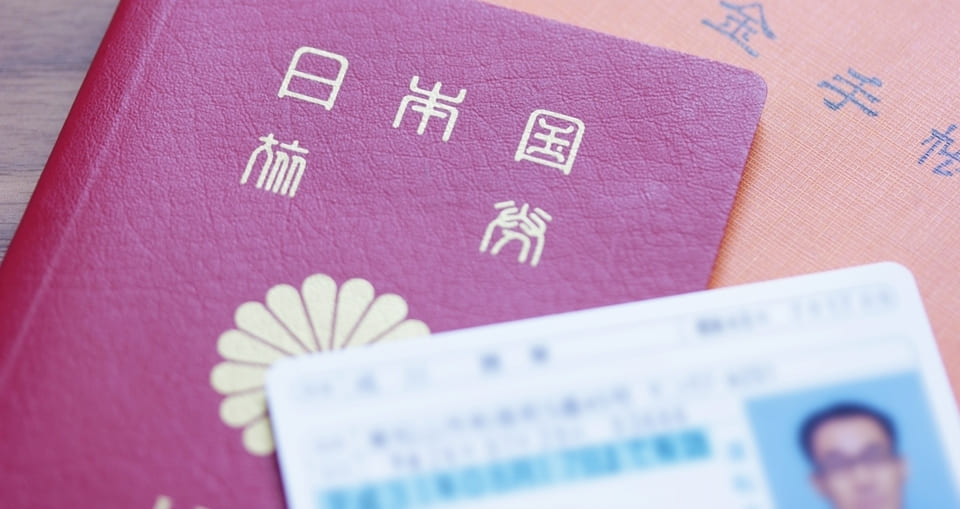
Most banks and branches require the following documents to open an account:
- Resident card (address registered)
- Passport
- Personal seal – Hanko / Inkan, 判子・印鑑
- Mobile phone number
- Employee ID or Employment certificate (if any) – Zaishoku shōmei-sho, 在職証明書
- A small amount of money to deposit at the beginning
- My number card (my number notification card “通知カード” is also acceptable)
- Taxpayer Identification Number (For Americans)
Among that, the seal may be used for procedures other than opening a bank account, so it is better to make it as soon as you come to Japan. Some branches likely will accept your signature, but you should consider it necessary.
In addition, when you open a bank account as salary receive account, the bank may ask you to submit your employee ID card and employment certificates. Remember to ask the workplace to prepare these documents if necessary.
Whether or not to open an account depends largely on the policies and judgments of the branch. Moreover, it might not be created even if you went to the counter. Therefore, if possible, ask a person who understands Japanese in advance to call the branch that you will open the account, and ask “I want to make a salary receipt account for foreigners, but what can I prepare to open an account?” for checking the required documents.
In the case of companies that have an international working environment, the HR department might be familiar with the “Branch always used” or “documents that are often used”. So please consult if you have any troubles.
Account opening procedure
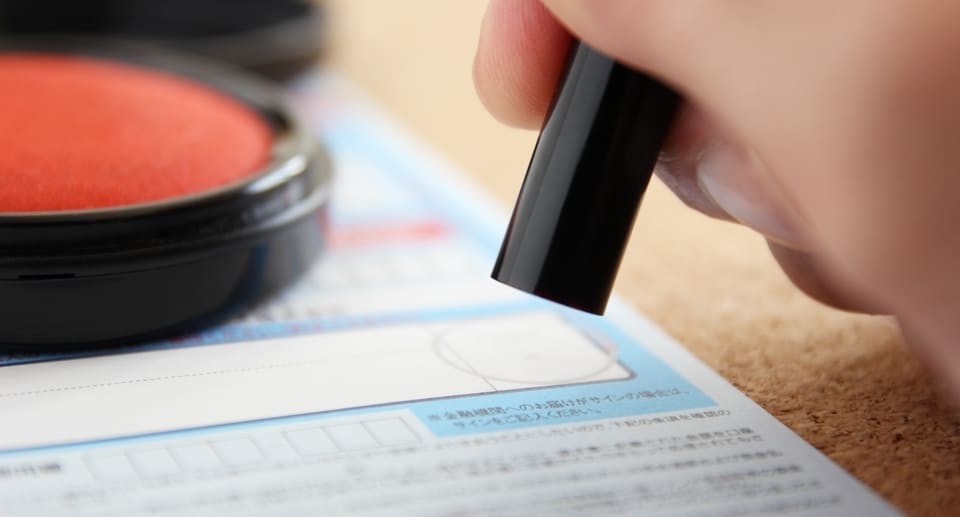
In general, the procedure of opening an account is to fill in the required information on a special application form and submit it with identity documents to the counter.
In the application form, you will fill in information such as:
- Full name – Onamae, お名前
- Address – Jūsho, 住所
- Telephone number – Denwa bango, 電話番号
- Purpose of opening account – Kōza kaisetsu no mokuteki, 口座開設の目的
- Type of account to open – Kōza shurui 口座種類
- First deposit amount – Saisho ni nyūkin suru kingaku, 最初に入金する金額
If your name is incorrect, it will be very troublesome. So please check your resident card and proceed with the application to avoid any mistakes.
There are various types of bank accounts, such as “fixed (time) deposit”「teiki yokin, 定期預金」and “current deposit”「tōza yokin, 当座預金」. But in general, if you are receiving a regular salary, just select “general deposit account” known as futsū yokin「普通預金」.
Most people open an account select for receiving salary/pension (Kyūyo uketori/nenkin uketori, 給与受取/年金受取) or payment of living expenses (seikeihi kessai, 生計費決済).
Also, when opening an account, it often requires a small deposit first. These days, people usually deposit about 1,000 yen so enter the amount you want to deposit at ease.
After completing to fill all the required information, give it to the person in charge at the counter to check the contents. If all is well, just wait for the procedure to complete.
Time to proceed for opening a bank account
It usually takes about two hours to visit a branch and open a bank account, including waiting time and filling out application forms.
It may be even longer on days and hours when the window is crowded, so make sure you have enough time for waiting and processing.
Receive passbook and cash card
Opening a bank account does not mean that you will get a cash card on the spot.
Bankbooks are often available on the spot, but cash cards generally arrive at home after about one week to ten days. As a general rule, it must be delivered in your hands (simplified registered mail), instead of drop shipping.
Once you have obtained your passbook and cash card successfully, the account opening procedure is complete.
About ATM

Once you have a bank account, you will almost always use ATMs to transfer money. You can easily deposit, withdraw and transfer without having to go to the counter.
Most ATMs have a button to switch to English, so if you have difficulty with Japanese, switch to English and go on.
At the ATM, the following operations can be performed.
- Withdrawal – Hikidashi, 引き出し
- Deposit – Yokin, 預金
- Balance inquiry – Zandaka Shōkai, 残高照会
- Passbook update –Ttsūchōkinyū, 通帳記入
- Bank transfer – Furikomi, お振り込み
There are many cases where buttons such as “Withdrawal” are displayed from the beginning, but there are also ATMs that insert cash cards first as shown in the image below.
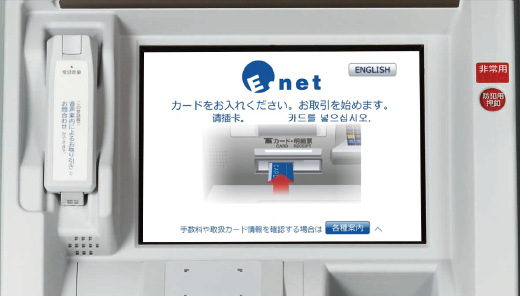
Even in this case, there is a button to switch to English, so you will not have much trouble in operation.
Overseas remittance
Most operations related to bank accounts can be performed at ATMs. Yet, overseas remittance transactions are mostly done through counters or online.
For example, Shinsei Bank transfers money overseas using an online service called “Go Remit”.
Sumitomo Mitsui Bank accepts overseas remittances at the counter or through Internet banking.
Japan Post Bank provides a guide page in English, so you can also create an overseas remittance application online in advance.
Since it takes time and fees are quite high at most banks, it is best to keep the number of remittance transaction as low as possible.
When you open an account, the bank staff will instruct you about overseas remittances at the counter.
Conclusion
In principle, for a foreigner to be able to make a bank account similar to a Japanese one, they must either meet the conditions of “living in Japan for more than six months” or “working/studying in Japan for long term”.
However, in practice, even the same bank, it also has slightly different standards depending on the branch. Therefore, international students or foreigners who came to Japan as a working holiday should apply several banks when you attempt to open a bank account. We recommend to open it at a nearby bank from your home, school or workplace so that it is easier.
If you are working for a company in a Japan, you often need an employee ID card, business card, employment certificate, etc. as proof of your place of work when filing the documents for account opening procedure. So please prepare well in advance.
The bank staff often only speaks Japanese, so if possible, it is best to ask someone who can speak and translate Japanese to go along with you.
Please refer to the information on this post to prepare for a smooth bank account opening procedure.

